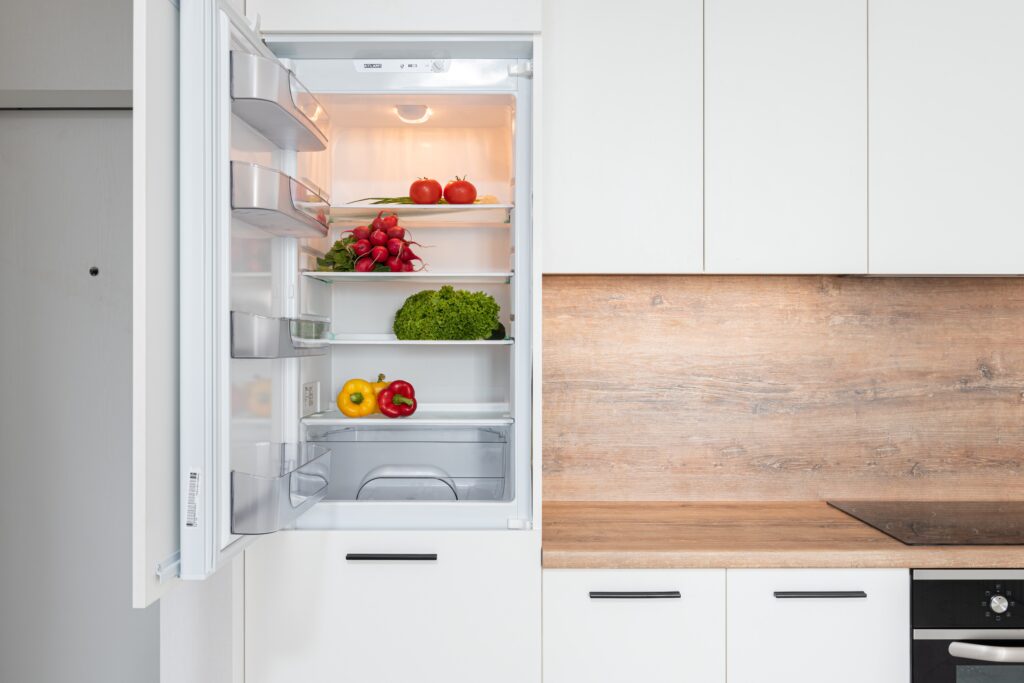There are several things that you should always do as a matter of course when it comes to storing your food safely. This is part of fundamental food hygiene practice to guarantee that the foods we prepare have not been kept in an unhealthy setting and that they won’t harm us when we eat them or serve them to others. With that in mind, here are some of the things you should always do to ensure the best and safest forms of food storage.

Photo by Max Vakhtbovych from Pexels
Avoid Cross Contamination
Cross contamination has the capacity to cause death. This is literally the situation, and there have been countless incidents of multiple fatalities when cross contamination in prep or storage was the most probable cause. Washing and properly storing goods before serving, if appropriate, may considerably reduce the risk.
The storage structure of a refrigerator is equally important. Always make sure meat is stored on the bottom levels of any fridge. This is designed to prevent liquid from seeping from the meat onto the food underneath. Raw meats and fish should always be stored in a separate area where they will not contaminate other goods.
Use Covers And Wraps
Make it a habit to cover or wrap the food and return it to storage when you’re done with it. Food that is left out in the open is a tempting treat for pests and will result in you needing to contact Exterminator Now for help, plus it is more prone to cross contamination.
It may sound simple, but when you’re pressed for time, it’s all too easy to overlook the importance of covering your food until it’s much too late. But keep in mind that this is about more than simply freshness. Anything can happen in a kitchen, such as touching food accidentally, spilling something on it, or bugs climbing over it without you noticing. So make sure you cover everything right away, even if you intend to use it in moments.
Time And Date
Anything you might utilize in the future should be timed and dated before you store it. In this way, you’ll know how long the food has been in the fridge or freezer, and you’ll know whether it’s still safe to use. It also helps to reduce food waste; use the stored food in order, and you’ll have less to throw in the trash.
Make Sure Your Appliances Are Cold Enough
Your refrigerator and freezer are where you store a big percentage of your food, and they are meant to either inhibit or halt the development of germs and other diseases. The best temperature for a freezer is below 0°F, and for your fridge it’s best if it’s under 40°F. If they are more than stated temperatures, you are not keeping food properly in these locations, therefore use an appliance thermometer to ensure that your major appliances are operating correctly.
It’s far better to have to readjust your appliances or even buy new ones than it is to have them constantly storing food incorrectly and putting you and your family in danger.
